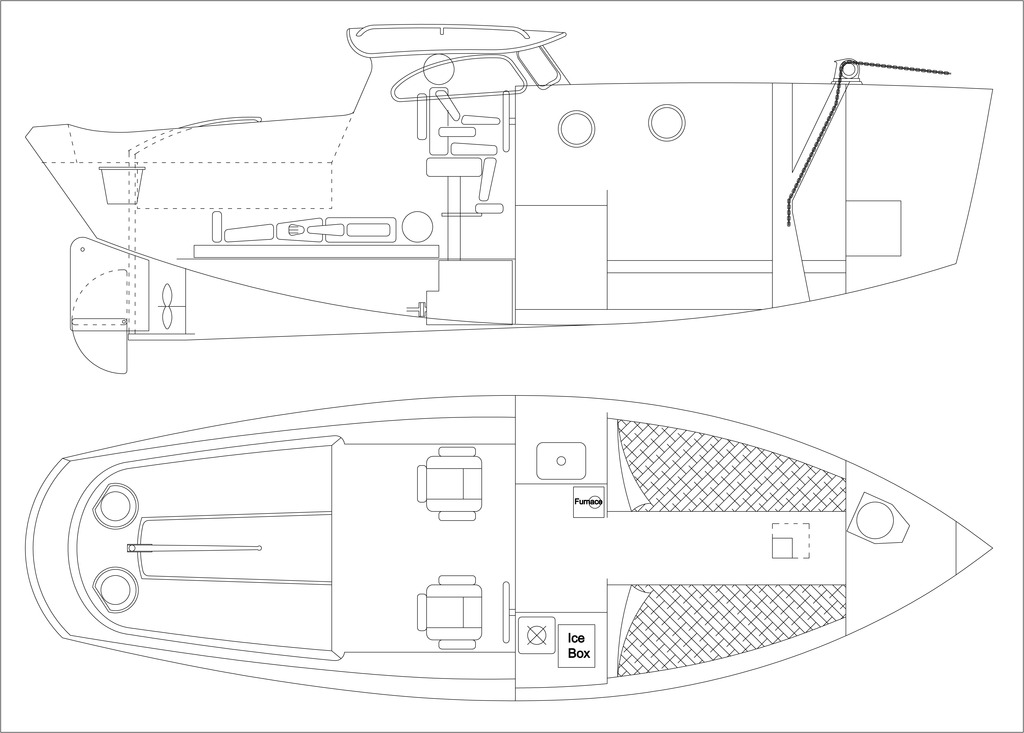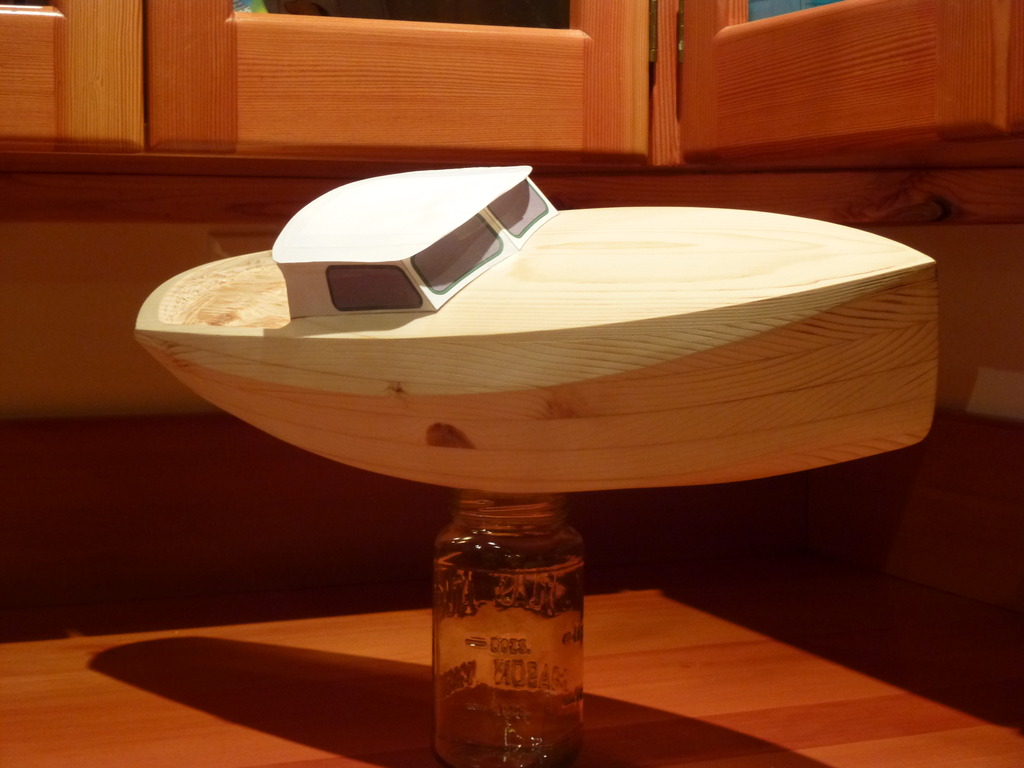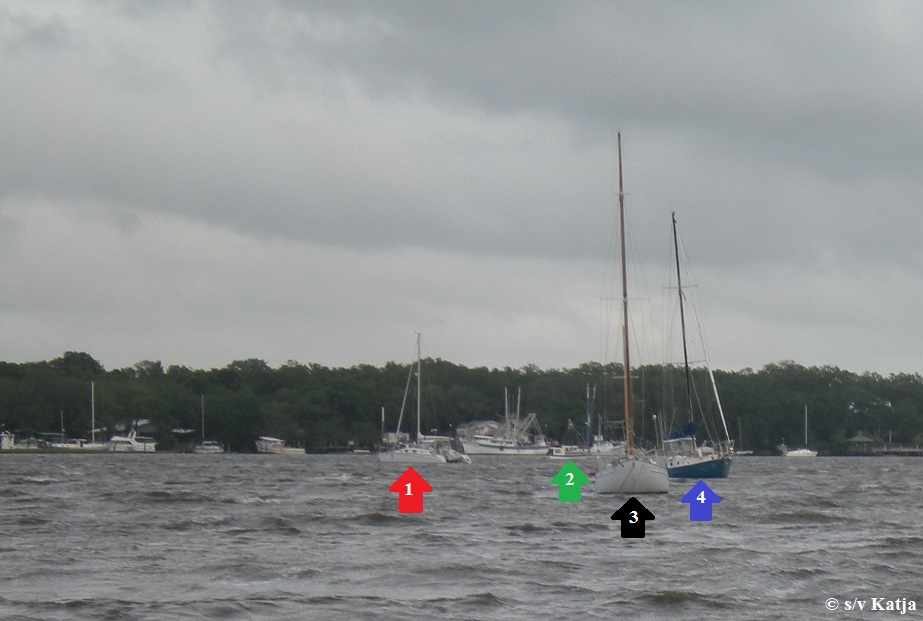If that was based on trying 3-strand... you might find that brait would only take up about the same amount of space as chain (or not much more).
That's a good plan in theory Chris and indeed I did try it. A friend loaned me some 8mm 12-strand braid saying it was better than chain and more would fit into my locker. Alas that was not true.
Seaweed's anchor locker is RIGHT on her nose, above the water tank. I'm "stuck" with chain -- not that I don't prefer it. I do.
On our 40'er we didn't have much chain but what we had was right heavy. A big Danforth on the bow replaced later by one of the "new" plows (a CQR?) but for Seaweed I need a fast hold to the bottom.
I've spent years (literally!) at anchor and want something I don't have to worry about. For me, that means chain. Still, mine's due for either regalvanizing and/or replacement with a longer bit. 150' will fit so that's what I want. But not this year.
This year is the engine and then start saving for the smallest least expensive autopilot that can steer a compass course for my 7,000 pound boat. When I see $2,000 for such I thing I have to believe there will be someone upgrading that will have the components I need for lots less. At present though I don't know enough to make any decisions. That's my next learning curve to climb.
The longest I've been without touching a dock in Seaweed (not dinghy of course) was 55 weeks. If boats come close and "cut the corner" between me and my anchor I know I'm still going to be secure. All that time at anchor I can say without a doubt that my all chain system works, and works well. Still in deeper anchorages I'll want 150' so I'll have a safety margin.
Because Seaweed is light I make sure I'm anchored out of the way from you big guys. The law of tonnage says I need to have my Seaweed away from the bunch. I don't drift the way you big guys do and turn differently too.
As an example, this was taken during Tropical Storm Beryl on the east coast. Please note the directions of all the boats. All of us had out a single anchor.
#1 is a catamaran facing north
#2 Seaweed facing south
#3 - 40' steel sailboat facing west
#4 - another 40' steel sailboat facing west
As you can see we were all laying in different directions. It was an interesting night. Article about same here:
Janice142 article (Tropical Storm) Beryl Lessons



